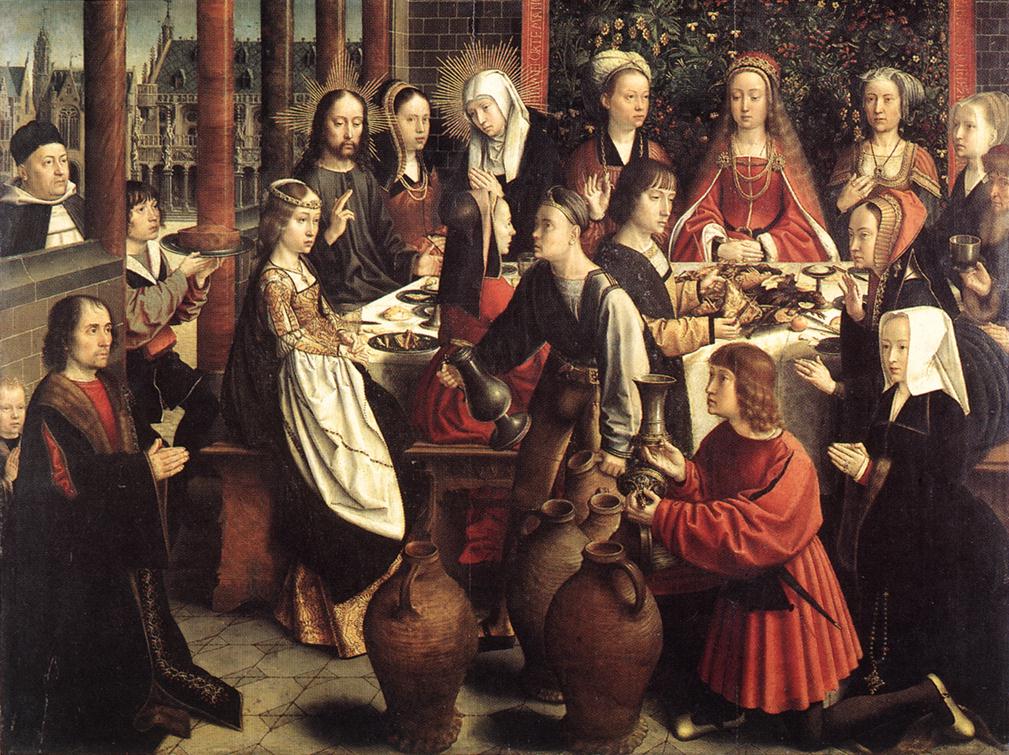Mary – She Who Shows the Way: Part I
Fr. Donald Macdonald, SMM
G.K. Chesterton, writing of Mary and the Convert – “the most personal of topics”—said that there was never a time when he did not see Our Lady representing whatever is specifically Catholic. We need, “an image, single, colored and clear in outline . . . to be called up instantly in the imagination, when what is Catholic is to be distinguished from what claims to be Christian. . . .’ Mary was this image for him: “I never doubted that this figure was the figure of the Faith. .. . The instant I remembered the Catholic Church, I remembered her; when I tried to forget the Catholic Church, I tried to forget her.”
However true that is, some thirty or so years ago, a genuine loss of nerve began to grow in the Church with which I am familiar, and is seen in the fragmentation of the Catholic imagination. Whatever image represented these years, it was not “single, colored and clear in outline.” “If the trumpet gives an uncertain note who will go into battle,” is as true of many contemporaries as when St. Paul first made the point.
Despite a wonderfully positive presentation of Mary, integrated within the Vatican II Document on the Church, Lumen Gentium, there grew hesitancy and embarrassment in speaking of her. From being essentially part of the possibly untidy home in which we grew up – Chesterton, the Protestant Englishman, promised to become a Catholic, “in front of a gilded and very gaudy like image of her in the port of Brindisi”—now it appeared that Mary, as so many others, was homeless with the break-up of the Catholic imagination. Now she became “Mary,” an illustration from a catechetical brochure, no longer the Mother of a disparate family who could recognize their common identity worldwide in their attachment to her.
BACKGROUND
There were several reasons for this … [in years past]. I shall refer to two. The Catholic Church came late to the “demythologizing tendency” in biblical studies, by which it was said that the essential core of the gospel could be secured free from the accretions of centuries. Scholarship at the highest level was not the issue. It was at diocesan, school and local pastoral levels where, through nobody’s fault, the ill-informed tried to teach the uninformed.
This form-critical method was so new to the teachers and catechists that much of what they had to say read like lecture notes. It further asked an act of faith in the teacher without any evident guarantee that he/she knew the way. The biblical horizon was dominated by German Lutherans and the effect on the Catholic imagination was profound. The Wisdom literature, for example, quarried by the Liturgy to speak or perhaps sing of Mary, gave way to a plain, unadorned greyness. Had the scholarship been mediated through an Eastern Orthodox tradition, for example, it would have been different.
This was probably unavoidable and the confusion unsurprising. Even the best of teachers, particularly in teaching the Faith, must first live their opinions before they really become knowledge. A decade was not long enough for assimilation.

The Marriage at Cana : Netherlands Painter: Gerard David : 1500
This oil on wood painting resides in the Musée du Louvre, Paris.
She who shows the way – points out, the Mother of God leads whoever is in her company to her Son.
This was further compounded by a partial understanding of “Jesus the man for others.” This rubric set the framework for what was horizontal, pragmatic and immediate in viewing the Faith, at the expense of the vertical, transcendent and contemplative. Contemporary secular society reinforced that note. The Catholic Center moved from traditional adoring worship to what was thought to be practical activity. It should not have been either/or, of course, but there just was not time for it to find its true level. Few teachers knew how to or understood the need for keeping both balls in the air at the same time.
In contrast to how she was hitherto seen in Catholic imagination, “Mary” too was a very much reduced figure in a house whose foundations now seemed far from secure, and where so many born into it now felt ill at ease. Pooling insecurity seemed to be the sign of authenticity. In retrospect, this pattern was predictable.
MARY AND THE SPIRIT
It was said that one of the reasons for a reappraisal of Mary’s role was because she seemed to take the place of the Holy Spirit in the devotional life of Catholics. In the Catholic imagination as then experienced, she held a larger position than was hers by right. Clearly, emphases can be mistaken over the centuries, just as in more recent times. But I will suggest in part 2 of this article, that Our Lady can only be understood in the Catholic imagination, when she is seen in the light of the Holy Spirit. In an incarnational faith, she is who she is because she is Spirit-graced. She is, therefore, a superb guide to anyone open to her influence, not least in times so confusing as ours. As one of the most evocative of icons in the Orthodox tradition Hodigitria/She who shows the way – points out, the Mother of God leads whoever is in her company to her Son.
To Be Continued: Part II May Be Found Here


